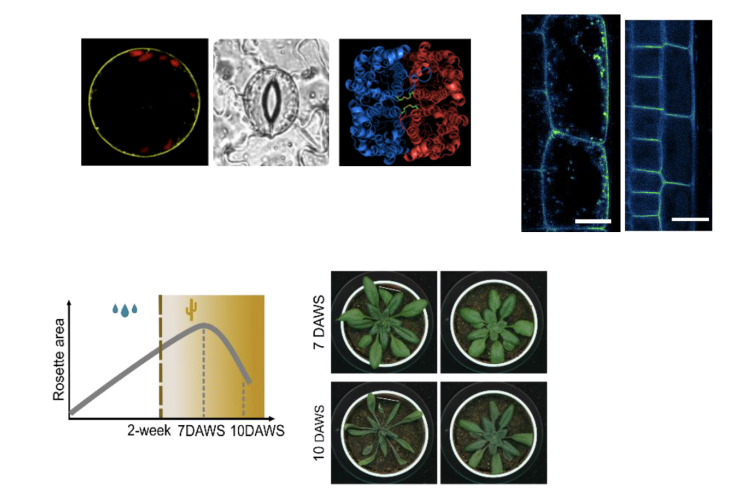Van Damme Daniel
After my PhD in 2006, I joined the newly established lab of Eugenia Russinova at the Department of Plant Systems Biology (PSB VIB/UGent) as a postdoctoral fellow of the Research Foundation of Flanders (FWO), working on the role of the alpha-type aurora kinases in cell plate orientation during the first asymmetric divisions leading to the formation of lateral root primordia. I consider myself very lucky that already at a very early point in my career, I was allowed to independently pursue my own project. My longstanding collaboration with the group of Geert De Jaeger (PSB VIB/UGent) was initiated during my second postdoctoral term as an FWO fellow. Together, we embarked on a joint PhD project that combined interactomics via tandem affinity purification on a set of bait proteins from my original localization screen, with live cell imaging in planta. The results from this collaboration allowed me to create my niche research that continues until today as it was then that we discovered the existence of the TPLATE complex and its crucial role in plant endocytosis.
After my second postdoctoral term, I successfully applied for the position as expert scientist for live cell imaging that was opened at the Center for Plant Systems Biology. This position served to provide expertise, experimental design, acquisition and maintenance as well as practical assistance to the researchers at PSB for all aspects of fluorescence-based live cell imaging. At the same time, it provided me with the necessary time to finalize the dissection of the role of our newly discovered endocytic complex. I am still very proud that the discovery of the existence of this evolutionary ancient multi-protein complex was made in plants first, albeit only a few months in advance of the publication characterizing this complex in slime moulds.
The structural and functional elucidation of the process of endocytosis in plants was the topic of my LS3 ERC Consolidator Grant, which I obtained in 2016. That year, I also became associate professor at Ghent University, in the Department of Plant Biotechnology and Bioinformatics as well as Principle Investigator of advanced live cell imaging group at VIB. In 2018, I became full professor.
My current research focuses on the mechanistic regulation of how endocytosis modulates cellular communication by controlling the abundance of receptors and channels in its plasma membrane. We do this by combining interactomics as well as structural and cell biology on the endocytic machinery. Next to this, together with my microscopy expert, Evelien Mylle, I continue to provide assistance and maintenance of the light microscopy infrastructure of the Center.
Throughout my research career, and quite obvious from my publication record, I have always shared my initial data with the research community early on and actively reached out to other groups to pursue research collaborations. This approach allowed me to establish a broad and international network of colleagues to fall back on and the heterosis that is generated from the combined efforts of multiple labs significantly contributed to the quality of my research.
